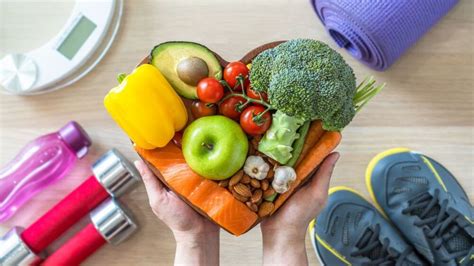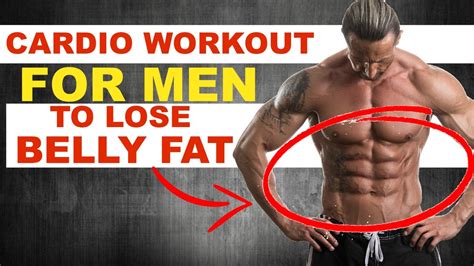For many men, shedding that last layer of stubborn belly fat can feel like an uphill battle. It’s not just about aesthetics; excess abdominal fat, particularly visceral fat, poses significant health risks including heart disease, type 2 diabetes, and certain cancers. This article will cut through the noise, providing a science-backed guide to the most effective diet and workout strategies specifically designed for men to conquer stubborn belly fat and achieve a healthier, leaner physique.
Understanding Stubborn Belly Fat in Men
Stubborn belly fat often refers to the deep visceral fat that surrounds your organs, as well as the subcutaneous fat that sits just under the skin. Men tend to store fat predominantly in the abdominal area due to hormonal differences, particularly testosterone levels, and genetic predispositions. This fat is often more resistant to mobilization than fat in other areas, requiring a consistent and multi-faceted approach.

The Cornerstone: Diet Strategies for Fat Loss
Losing belly fat fundamentally comes down to creating a caloric deficit – consuming fewer calories than your body burns. However, it’s not just about eating less; it’s about eating smart to preserve muscle mass and optimize metabolism.
Prioritize Protein and Fiber
- High Protein Intake: Protein is crucial for satiety, muscle preservation (which boosts metabolism), and has a higher thermic effect (it burns more calories during digestion). Aim for 1.6-2.2 grams of protein per kilogram of body weight daily.
- Fiber-Rich Foods: Soluble fiber, found in oats, beans, fruits, and vegetables, helps reduce visceral fat by promoting gut health and enhancing satiety.
Smart Carbohydrate and Fat Choices
- Complex Carbohydrates: Opt for whole grains like brown rice, quinoa, and oats over refined carbs. These provide sustained energy and fiber.
- Healthy Fats: Include monounsaturated and polyunsaturated fats from sources like avocados, nuts, seeds, and olive oil. These are essential for hormone production and overall health, but consume in moderation due to their high caloric density.
Foods to Limit or Avoid
- Sugary Drinks and Processed Foods: These are major contributors to belly fat. Fructose, in particular, has been linked to increased visceral fat accumulation.
- Excessive Alcohol: “Beer belly” is a real phenomenon. Alcohol not only adds empty calories but also impairs fat burning and can increase belly fat storage.

Optimizing Your Workout for Belly Fat Reduction
While spot reduction is a myth (you can’t choose where to lose fat), specific workout strategies can accelerate overall fat loss and build a strong core, making your midsection appear leaner.
Strength Training is Non-Negotiable
Building and maintaining muscle mass is critical. Muscle is metabolically active, meaning it burns more calories at rest than fat. Incorporate a full-body strength training routine 3-4 times per week, focusing on compound movements like squats, deadlifts, bench presses, and rows. These exercises work multiple muscle groups, leading to a greater caloric expenditure and hormonal response beneficial for fat loss.

High-Intensity Interval Training (HIIT)
HIIT involves short bursts of intense exercise followed by brief recovery periods. It’s incredibly effective for burning calories and increasing your metabolic rate for hours after your workout (EPOC – Excess Post-exercise Oxygen Consumption). Incorporate 2-3 HIIT sessions per week, such as sprints, battle ropes, or burpees, into your routine.
Strategic Cardio
While steady-state cardio has its place, it’s generally less efficient for fat loss than strength training or HIIT. If you enjoy it, incorporate moderate intensity cardio for 30-45 minutes a few times a week for cardiovascular health, but don’t rely on it as your primary fat-burning tool.

Targeted Core Work (Beyond Crunches)
While crunches build abdominal muscles, they won’t magically melt fat. Focus on exercises that engage your entire core for stability and strength, such as planks, Russian twists, leg raises, and cable chops. A strong core supports your spine and improves overall functional fitness.
Crucial Lifestyle Factors
Diet and exercise are powerful, but other lifestyle elements play a significant role in losing stubborn belly fat.
- Adequate Sleep: Lack of sleep disrupts hormones that regulate appetite (ghrelin and leptin) and increases cortisol, a stress hormone linked to belly fat storage. Aim for 7-9 hours per night.
- Stress Management: Chronic stress elevates cortisol levels, which can lead to increased visceral fat. Incorporate stress-reducing activities like meditation, yoga, or spending time in nature.
- Hydration: Drinking plenty of water supports metabolism, aids in satiety, and helps your body function optimally.

Consistency and Patience: The Ultimate Keys
Losing stubborn belly fat is a marathon, not a sprint. Consistency in your diet, workout regimen, and healthy lifestyle habits is paramount. Be patient with yourself, celebrate small victories, and understand that results will come with sustained effort. Focus on creating sustainable changes that you can maintain long-term for not only a leaner physique but also improved overall health and well-being.




